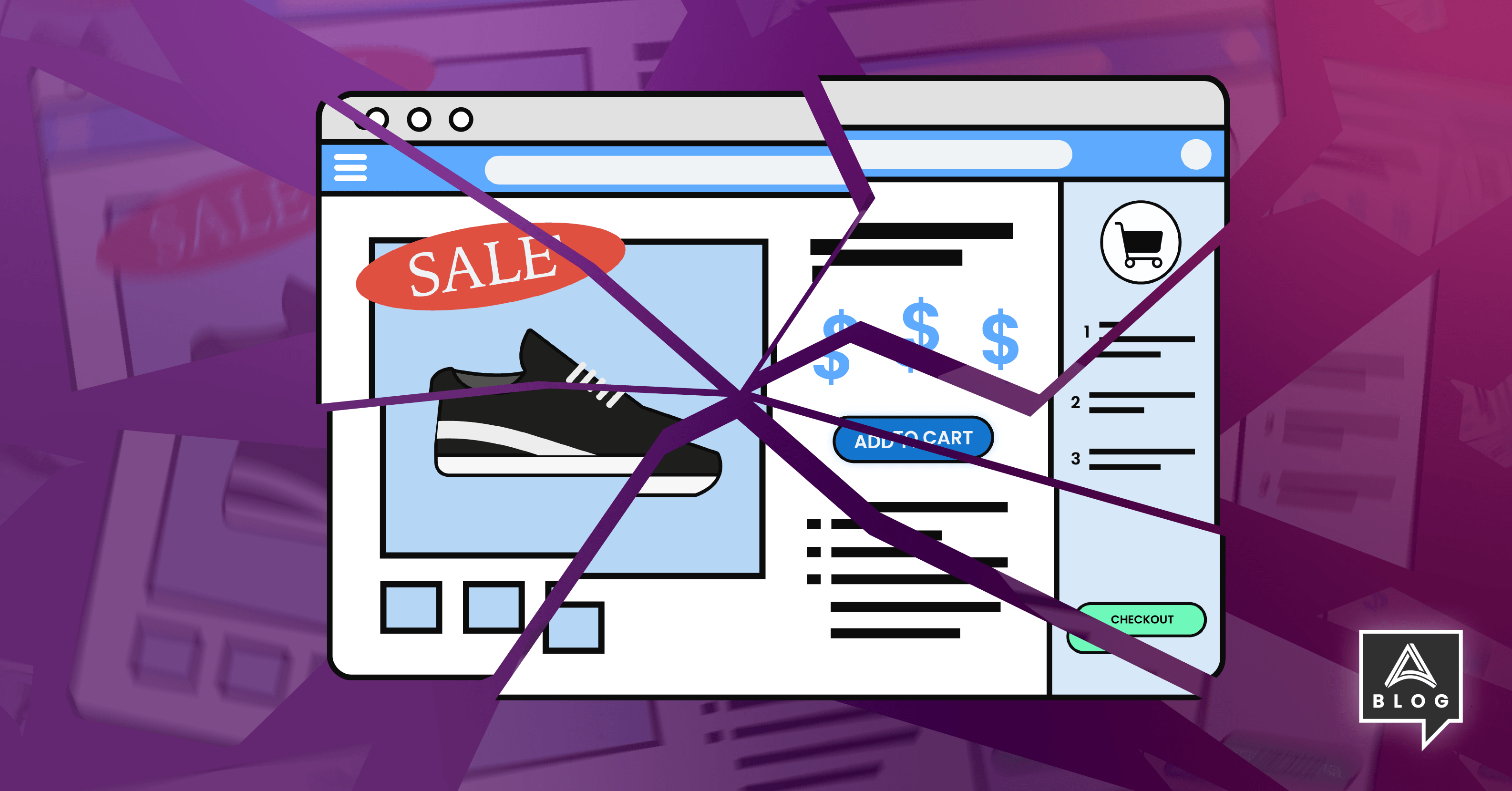BLOG
Articles about website spoofing, cybersecurity trends, and how to protect your customers from hackers.
How Fake Shoppers & Fake E-Commerce Sites Harm Businesses
This is a guest blog post from CHEQ, the leader in Go-to-Market Security.
Retail go-to-market teams know the importance of meeting their customers at the right place and the right time online, and providing a positive user experience. Unfortunately though, that can become quickly disrupted by what is known as the Fake Web. New research has shown that about 32% of non-paid (organic and direct) traffic coming to e-commerce sites is made up of bots and fake users. This includes everything from content scrapers, to data centers, to malicious click farms and everything in between. Since Invalid Traffic (IVT) is so common, a business does not necessarily need to be “under attack” to face the negative consequences of these illegitimate users. Furthermore, the internet is host to a variety of fake e-commerce sites that imitate e-commerce businesses, but ultimately redirect visitors to harmful pages that put both their personal data and internet security at risk.
Both fake users and fake websites are destructive components of the Fake Web, and can wreak havoc for both e-commerce businesses and customers alike. Throughout this article we will cover some of the most common ways the Fake Web can negatively impact the retail industry, providing you with potential threats to keep your eye on.
Fewer Real Shoppers on your Web Site
When bots and fake users make their way to your website, or when illegitimate websites imitate your business, it causes more than just a cybersecurity threat. It negatively impacts your ability to draw real customers to your site. Fake users can not convert into real customers, but they can take up valuable customer support resources, cause site crashes, and even cause your team to unintentionally overstock products. This makes it harder for the real customers to access exactly what they need, and it makes it harder for your business to understand which site visitors need your attention the most. Secondarily, when fake websites imitate your business, they redirect your customers away from you and onto fraudulent sites instead. This can make for an especially confusing and frustrating experience that can damage your brand and draw customers away from your business for good. These issues within the Fake Web can lead to loss of business, lower conversion rates, and can skew data about who is actually on your website.
Loss of Customer Trust
Customer trust is massively important in order for retail brands to grow and scale. However, if a fake website that looks eerily similar to yours begins drawing customers in and then stealing their data or not fulfilling purchase orders, customers may begin to lose trust in your business. Even though your team did not create the fake website and may not even be aware of it in the beginning, brand reputation can still be damaged. This can be compounded by advanced malicious scrapers that quickly scan your website for data and then repost it on a fake website at a lower price, which also brings legitimate traffic away from your business and toward the fake site. Similarly, when malicious users make their way to your legitimate website, they still have the ability to stage malicious attacks. So even if there are no other websites imitating your business, the damage of credit card fraud and data breaches can still take place right on your site, causing further issues of trust from loyal customers.
Difficulty Showing Up in Search Engines
When malicious scrapers and crawlers scan your website and then duplicate your content on their fake site, it can harm your own credibility and also hurt SEO page rankings. Most search engines negatively score websites that are found other places on the internet because it appears to be plagiarized or unoriginal. If this happens to you, and your page rank is lowered, it could become more difficult for new customers to find your site in the first place. Furthermore, if your own site is not protected from these malicious scrapers and crawlers, they can also post inventory and more competitive prices which also pushes your site further down the results page.
When it comes to your e-commerce business, fake e-commerce sites and fake users can both stand in the way of attracting and keeping customers. In many ways, these two issues are interconnected and should be tackled together. For more information on bots and fake users and how they impact the retail industry, you can view CHEQ’s recent eCommerce report, or reach out to the Allure Security team for more information.
—
Kerry Coppinger (kerry.c@cheq.ai) is the Senior Manager, Brand Marketing at CHEQ. CHEQ is the go-to-market team’s security suite, trusted by over 12,000 customers worldwide to protect their funnels, sites, and analytics from bots and fake users. Powered by award-winning cybersecurity technology, CHEQ offers the broadest suite of solutions for securing the entire funnel, from paid marketing to on-site conversion, data, and analytics.
Posted by Sam Bakken

